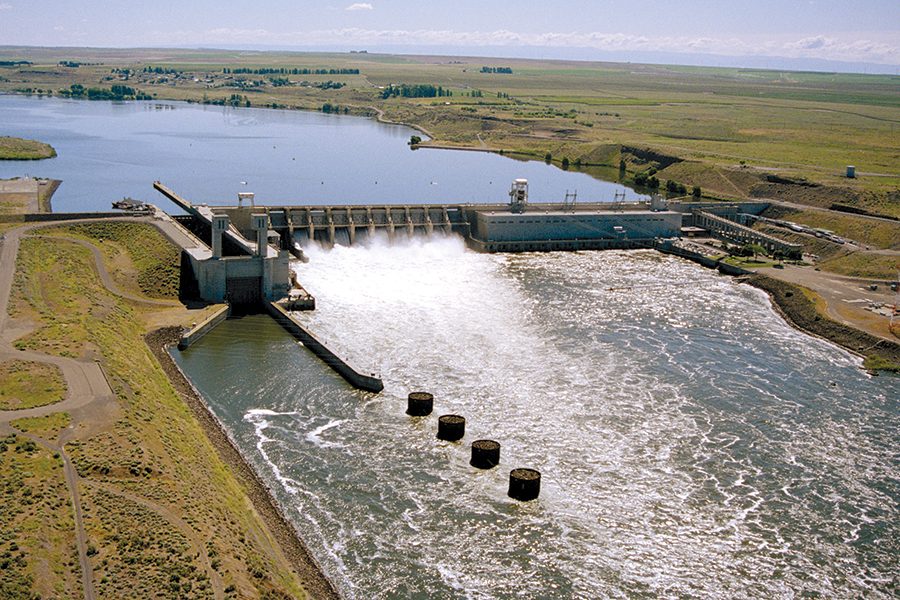
Home » Study: Lower Snake River dams waste tens of thousands of acre-feet of water
Study: Lower Snake River dams waste tens of thousands of acre-feet of water

January 17, 2025
A Swedish environmental institute asserts that the evaporation from the reservoirs behind the lower Snake River dams wastes enough water to irrigate 8,000 acres of apple orchards or satisfy the residential water needs of up to 240,000 people.
Environmental groups say the study builds on evidence that a free-flowing Snake River would not only be more environmentally healthy and address the needs of Native American tribes but can also still benefit nearby residents and farmers.
“The science is clear that there is too much at stake to not make some changes,” said Kayeloni Scott, executive director of the Columbia Snake River Campaign, in a release. “Service replacement is an opportunity for growth and advancement in the region.”
Using a proprietary software model and data from the U.S. Army Corps of Engineers, the study from the Stockholm Environment Institute calculated that an additional 30,400 acre-feet of water evaporates from the existing lower Snake River reservoirs as compared to if the river were free flowing.
Debate has raged for years about the fate of the dams on the lower Snake River, which generate electricity while also supplying irrigation water from their reservoirs. A 2020 study, known as the Columbia River System Operations Final Environmental Impact Statement, implemented a plan to keep the lower Snake River dams in place. That was opposed by environmental and tribal groups and in December 2024, the Corps of Engineers and U.S. Bureau of Reclamation announced they would update their study, according to the Washington State Standard.
Specifically, the agencies will consider data from two research papers issued since the 2020 study, which both indicate that breaching the lower Snake River dams as the best way to restore salmon and steelhead populations in the basin.
KEYWORDS January 2025
Related Articles
Related Products




